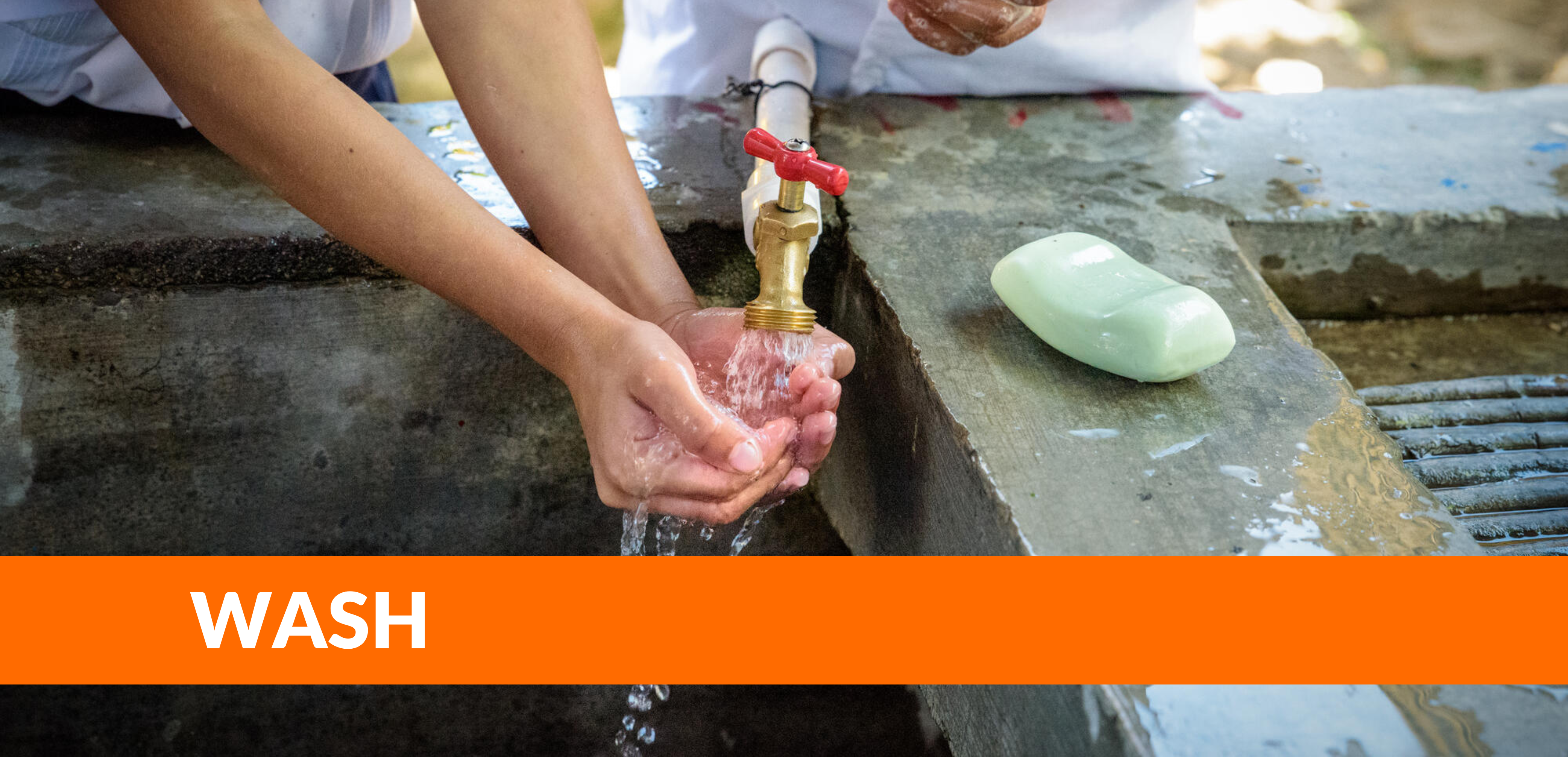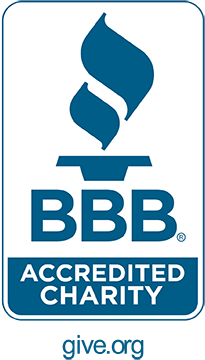Many programs only evaluate the benefits of water, sanitation, and hygiene (WASH) across indicators like reductions in diarrhea, stunting, and wasting. However, extensive literature shows there are broad benefits of WASH including time and cost savings, impacts on livelihoods, and privacy, safety, and dignity. However, tools for capturing these benefits in a rigorous, quantitative, easy-to-deploy-in-programming manner are lacking.
To adapt the Sanitation-Related Quality of Life (SanQoL) measure, originally developed for urban areas, to several rural settings in Zambia, we conducted a series of qualitative interviews to understand the unique challenges of sanitation in rural settings with special attention to gender, physical disability, and vulnerability in general. We also deployed a quantitative survey across 25 villages in five districts (n=365).
Open defecation (OD) was rare even in relatively poor, rural areas in Zambia (7%), and most sanitation was unimproved (87%). Despite some studies suggesting that some people prefer OD, there were few practicing OD who reported high SanQoL scores, with a mean score (on a scale from 0 to 1) of 0.57 for OD versus 0.75 for having any kind of toilet (even unimproved) (p=.037). Avoiding disgust and having privacy were ranked as the two most important out of six attributes, and health was ranked last. Improved sanitation did not seem to increase SanQoL, though scores were higher for private household (0.68) versus shared latrines (0.77).
We identified significant differences between drivers of SanQoL and standard monitoring indicators in the sector, implying that it is crucial to understand people’s preferences to better promote and measure the impact of sanitation.





